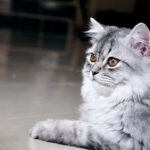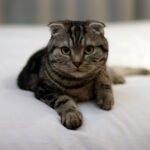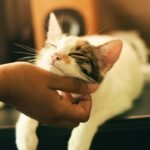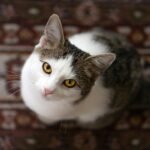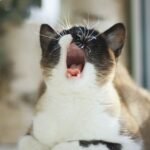The term “panther” often evokes images of powerful, stealthy black big cats moving gracefully through dense jungles or savannas under the cover of night. However, the actual biological identity of panthers might not be as straightforward as many think. Understanding whether panthers are a separate species or merely a color variation involves diving into genetics, taxonomy, and a rich history of linguistic and cultural interpretation.
Defining the Term “Panther”
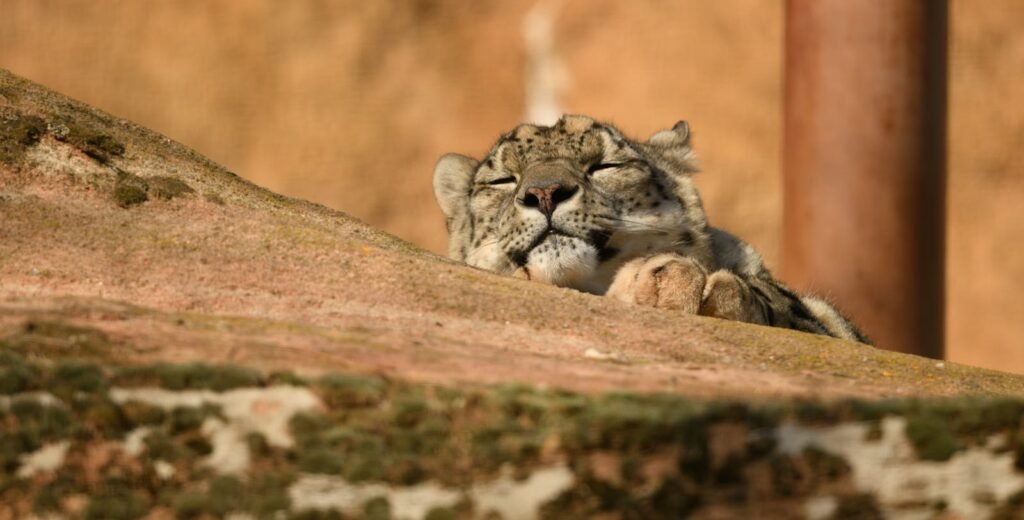
The word “panther” is a common name that people use for large felines, but it doesn’t correspond to a distinct biological species. This term is often applied, sometimes interchangeably, to several species within the Panthera genus, which includes lions, tigers, leopards, and jaguars, depending on geographical and cultural contexts.
The Role of Melanism in Panthers
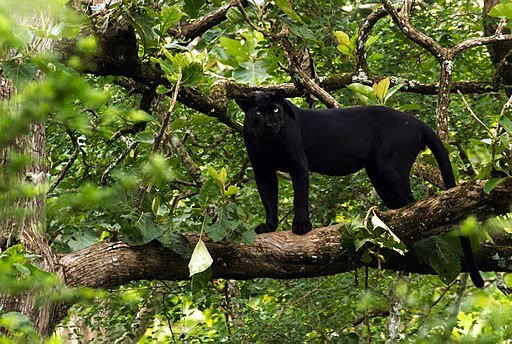
Melanism is a genetic mutation that results in an increased amount of black or nearly black pigmentation in the skin, fur, or feathers of an animal. In big cats, melanism is the result of a dominant allele in certain genotypes. This phenomenon occurs in leopards (Panthera pardus) and jaguars (Panthera onca), but it is distinctively rare in the latter.
The African and Asian Panthers
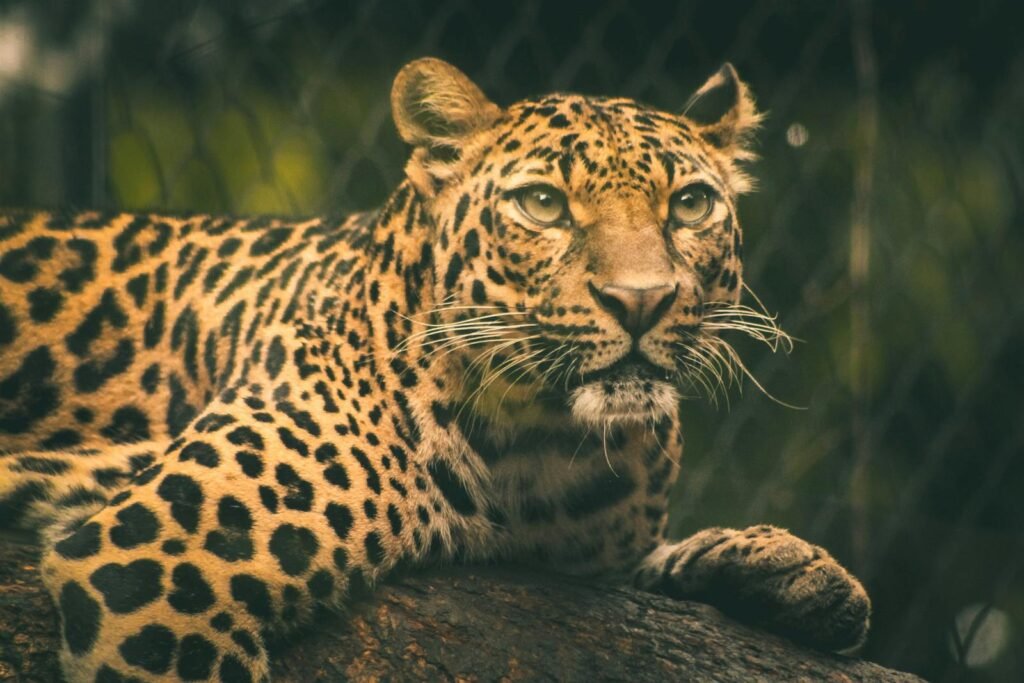
In Africa and Asia, black panthers are actually melanistic leopards. These animals retain the pattern of spots or rosettes typical of leopards, but the darker pigmentation makes these markings less visible, especially at a distance. Despite their dark coloration, these black leopards are biologically identical to their more traditionally colored counterparts.
The American Panthers
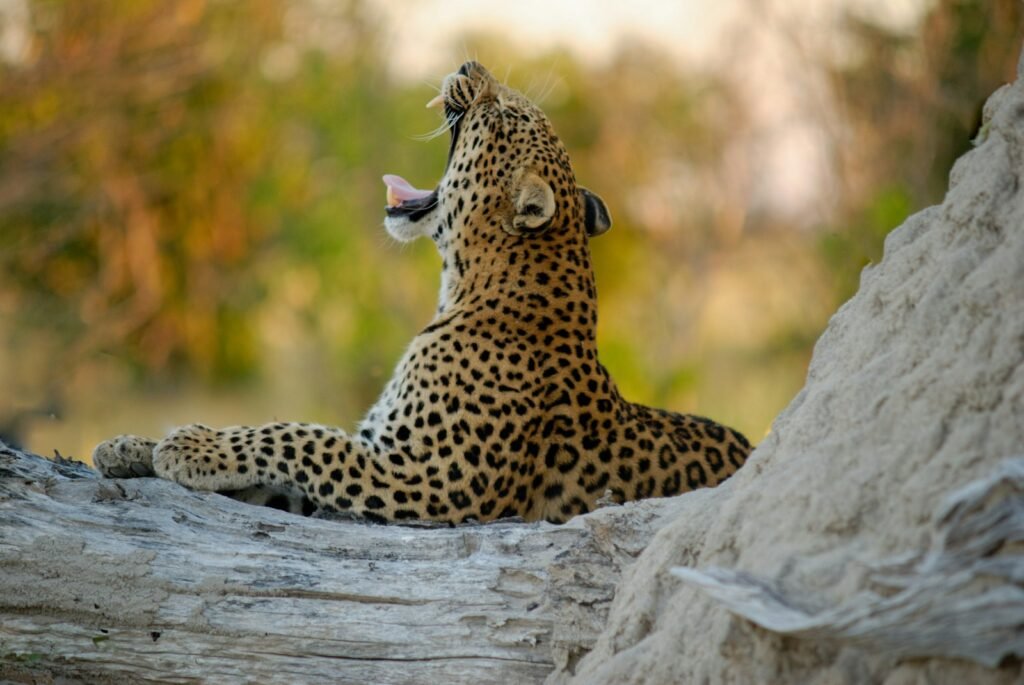
In the Americas, black panthers refer to melanistic jaguars. Similar to melanistic leopards, black jaguars share the same physical and behavioral characteristics as regular jaguars. The gene mutation responsible for melanism here also leads to a slightly darker coat with visible patterns upon close inspection.
Panthers in Cultural Context
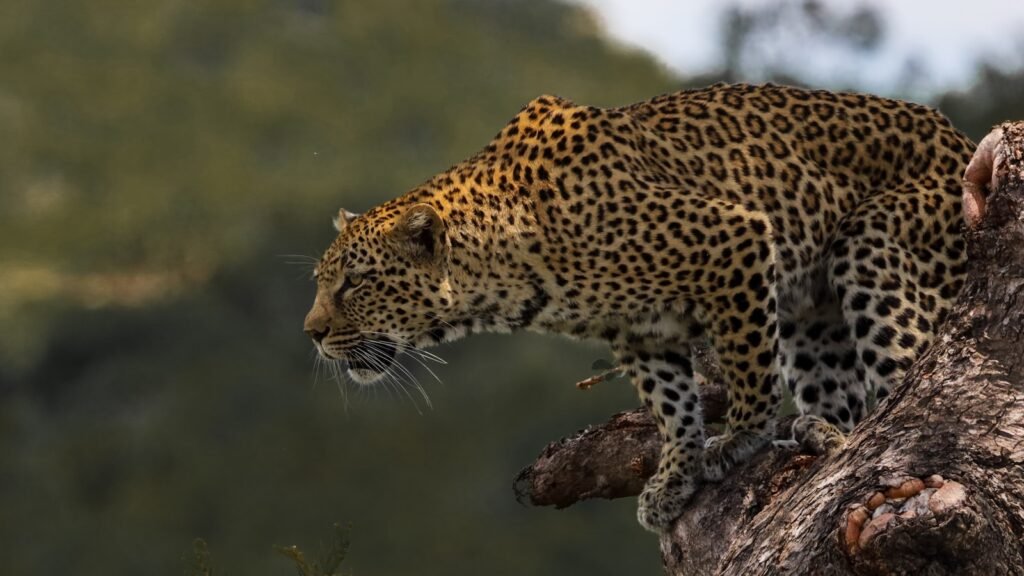
The linguistic use of “panther” varies widely across cultures, leading to some of the confusion regarding their identity. In North America, the term is often mistakenly used to refer to other felines, such as mountain lions (pumas) or even bobcats, which have no genetic relation to melanistic leopards or jaguars.
Taxonomic Classification
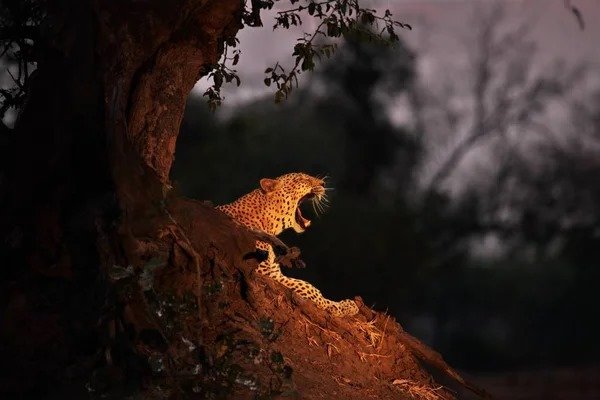
In scientific taxonomy, classification systems are primarily based on genetic and physical characteristics. Since “panther” is not a taxonomic classification, it does not appear in scientific naming conventions and databases for species. Leopards and jaguars belong to the genus Panthera, but they are distinguished at the species level as Panthera pardus and Panthera onca, respectively.
The Genetics Behind Melanism
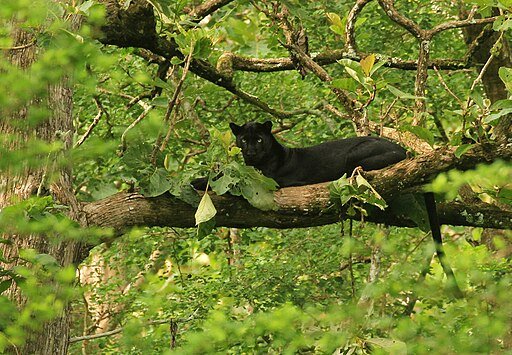
Research into the genetics of melanism in big cats reveals that it is controlled by a group of genes that affect the distribution and type of melanin in the animal’s fur. Despite contributing to a distinctly different appearance, these genes do not impact other biological features such as behavior, size, or reproductive capabilities.
Implications for Conservation
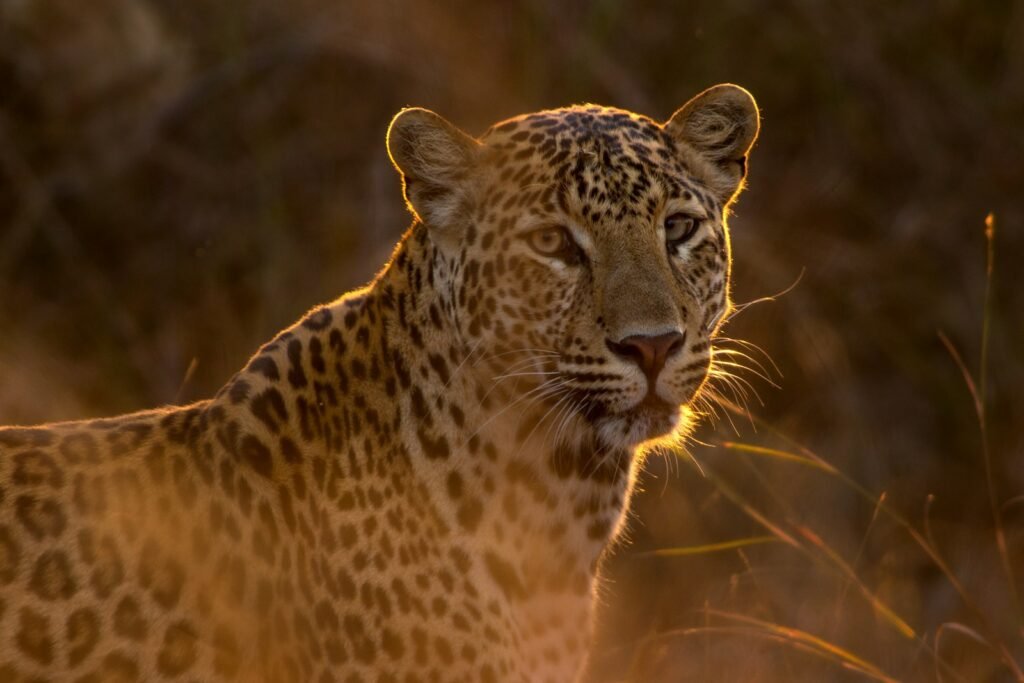
Understanding the nature of melanistic leopards and jaguars is important for conservation efforts. Since they are not separate species, protecting their habitats involves broader initiatives to conserve the ecosystems supporting all leopards, jaguars, and other wildlife. Conservationists emphasize the need for public awareness to ensure that melanistic animals receive the same protection and attention as other wildcats.
The Truth About Panthers
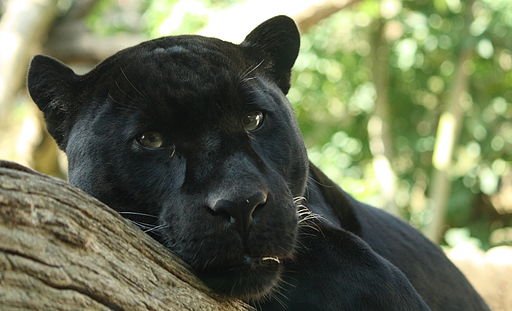
Black panthers do not represent a unique species but are instead a fascinating example of how genetic variations manifest in the animal kingdom. Both the seductive allure of mystery in wildlife and cultural language have contributed to the prevailing misconceptions surrounding panthers. By understanding them as simply melanistic leopards or jaguars, we appreciate a deeper scientific insight into their natural history and biodiversity.

Growing up traveling and experiencing new cultures and wonders, I have had a passion for nature, adventuring, photography, and videography. I am currently working towards a BSc in Biodiversity and Ecology at Stellenbosch University, and I hope to specialise in Marine Sciences one day.
Please send any feedback to Feedback@animalsaroundtheglobe.com


